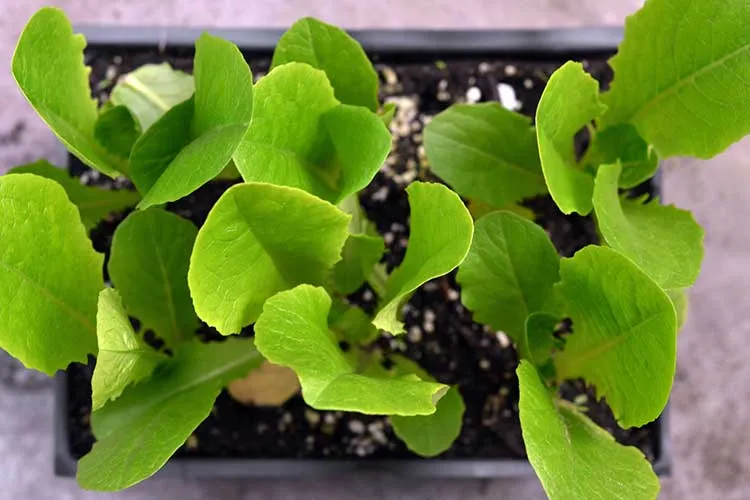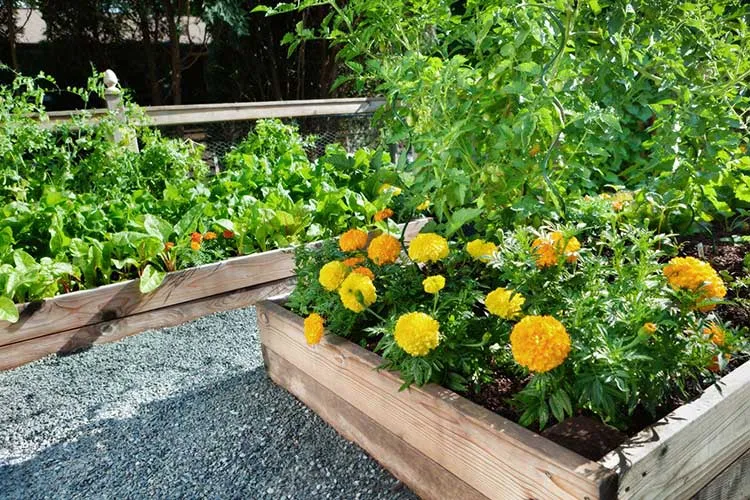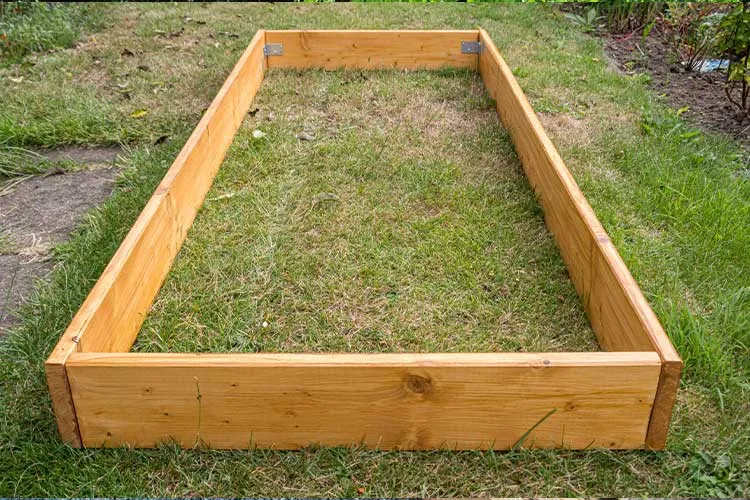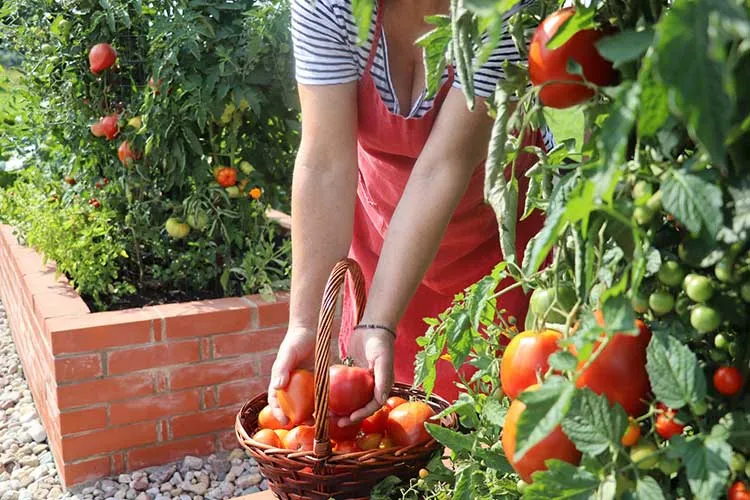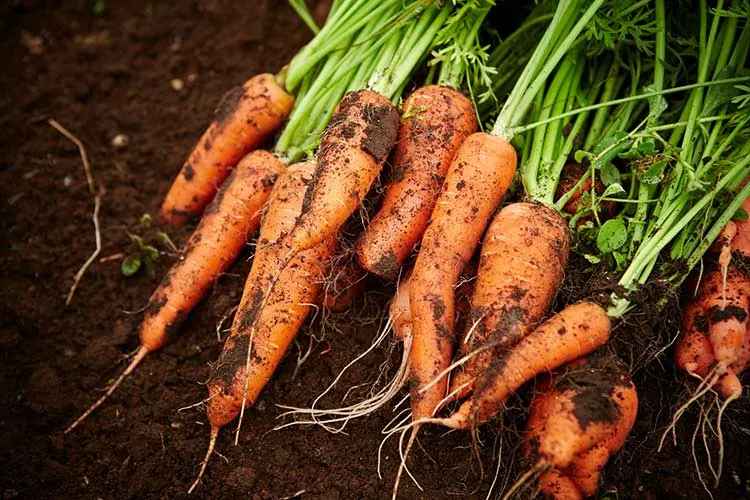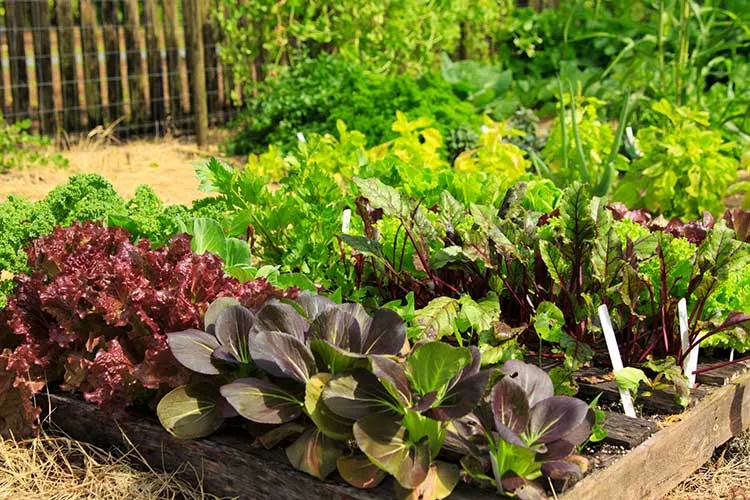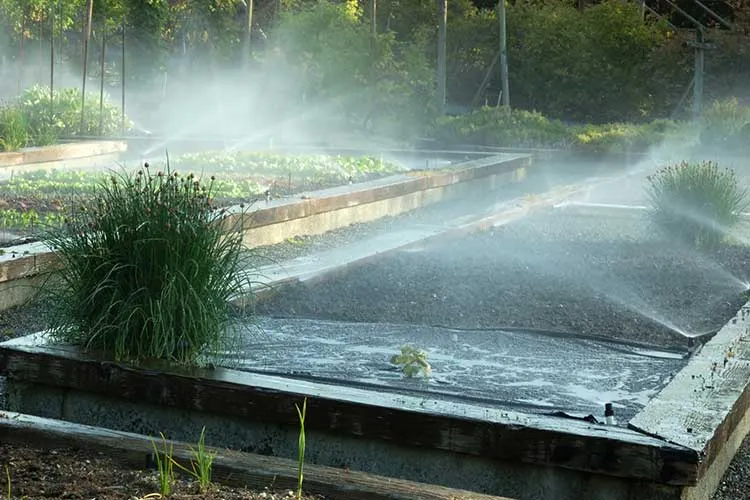Growing lettuce indoors sounds simple until you stare at wilted leaves, weak seedlings, and disappointing results. If you’ve struggled with slow growth, limp greens, or constant pests, you’re not alone and likely missing a few key steps that make all the difference. Without proper lighting, the right soil, or knowing when to water, your lettuce can quickly go from thriving to failing. But don’t worry—you’re in the right place.
This guide will walk you through exactly what you need to grow crisp, healthy lettuce indoors, even if you’ve failed before. By the end, you’ll know how to avoid common mistakes, troubleshoot issues, and enjoy fresh, homegrown greens all year. Ready to fix your lettuce-growing frustrations? Let’s get started!
The Fastest-Growing Lettuce for Indoor Gardens
When growing lettuce indoors, choosing fast-growing varieties can greatly affect how soon you can enjoy your first harvest. Some types grow quickly and thrive in small spaces, making them perfect for indoor setups. Here are four of the best options for a fast indoor lettuce harvest:
1. Loose-Leaf Lettuce
Loose-leaf varieties, such as “Black Seeded Simpson” or “Red Sails,” are among the fastest to grow. These types don’t form dense heads but produce tender, leafy clusters ready for harvest in as little as 25–30 days. You can trim outer leaves as needed and let the center produce new growth.
2. Butterhead Lettuce
Varieties like “Tom Thumb” and “Bibb” are compact and have soft, buttery leaves. They mature quickly—usually in 40 days or less—and can be harvested leaf-by-leaf for a continuous supply. Their small size also makes them ideal for windowsills or countertop gardens.
3. Romaine Lettuce (Baby Romaine)
While full-sized romaine can take longer, baby romaine varieties grow quickly indoors, reaching a harvestable size in about 30–40 days. They add crunch and structure to salads and are especially suited for cut-and-come-again harvesting.
4. Oakleaf Lettuce
Oakleaf lettuce has a unique, lobed shape and grows rapidly indoors, often maturing in around 28–35 days. Its mild, slightly sweet flavor makes it a versatile choice for salads and wraps.
These varieties grow quickly and don’t require much fuss, making them excellent for new indoor gardeners.
Choose Your Indoor Growing Space
The right growing space can make all the difference in keeping your indoor lettuce healthy and thriving. Lettuce needs plenty of light and good airflow to grow well, so choosing the right spot is key.
A sunny kitchen window sill is a popular option, especially if it gets at least 6 hours of natural light daily. South- or west-facing windows tend to work best. Shelves with grow lights are also a great choice, especially if your home doesn’t get much sunlight during winter. Vertical shelves can save space while letting you grow multiple trays of lettuce at once.
Accessibility matters, too. Place your containers where you can easily reach them to water and check on your plants regularly. Avoid placing them near heat sources like radiators or vents, as the heat can dry the soil and stress your plants. Proper ventilation is also important. Lettuce likes fresh air but not cold drafts, so avoid drafty spots near windows or doors.
Set Up Your Grow Light (If Needed)
Grow lights are a game-changer for indoor lettuce, especially during shorter winter days or if your home has limited natural light. Lettuce needs about 12–16 hours of light daily to grow healthy, full leaves. A good grow light will fill the gap if your indoor space doesn’t get enough sunlight.
Light Intensity and Placement
LED grow lights are energy-efficient and emit little heat, making them ideal for lettuce. Position the light 6–12 inches above your plants to ensure they get enough intensity without overheating. Adjustable light stands or clip-on lamps make it easy to raise the lights as your lettuce grows. Ensure the light covers the growing area so all plants get equal exposure.
Daily Duration
Keep the grow light on for at least 12 hours daily, mimicking the long daylight hours lettuce would get outdoors. If you’re unsure about timing, consider using an automatic timer to maintain a consistent schedule. Turning the lights off for 8–12 hours at night allows the plants to “rest” and prevents stress from constant exposure.
Energy-Efficient Options
LED full-spectrum grow lights are the most efficient option. They use less electricity and last longer than traditional fluorescent bulbs. They also give plants the blue and red wavelengths they need for optimal growth.
Select a Container and Potting Mix
Choosing the right container and potting mix is essential for healthy indoor lettuce. Since lettuce has shallow roots, it doesn’t need deep pots—shallow trays, window boxes, or pots about 4–6 inches deep work perfectly. The container must have drainage holes to prevent water from pooling, which can cause root rot. If you’re looking for eco-friendly options, consider reusing items like takeout containers or repurposed wooden crates lined with a plastic liner (with holes added).
When it comes to potting mix, avoid regular garden soil—it’s often too dense and can harbor pests. Instead, opt for a light, well-draining vegetable potting mix that holds moisture but allows airflow around the roots. Many store-bought mixes are enriched with compost or nutrients, a great boost for leafy greens like lettuce. For an affordable DIY option, you can also create a sustainable mix by blending coconut coir, perlite, and a small amount of organic compost.
Planting Options
When planting lettuce indoors, you can choose between growing from seeds or propagating from cuttings. Both methods work well, but seeds often give you more variety, while cuttings provide a quicker head start.
Growing from Seeds
To plant from seeds, fill your container with your desired potting mix and lightly moisten the soil. Plant the seeds about ¼ inch deep—sprinkle a few in each spot if using a large container, as not every seed may germinate. Cover them gently with a thin layer of soil, then mist the surface to keep everything damp without overwatering. Lettuce seeds germinate quickly—usually within 7–10 days—especially if kept in a warm spot (around 65–70°F).
Propagating from Cuttings
Using store-bought lettuce heads, you can regrow them from the base. After cutting the leaves for use, leave about 1–2 inches of the stem intact. Place the stem in a small water bowl to submerge the bottom, and set it in a bright spot. You’ll see new leaves emerging from the center within a few days. Once roots appear (usually after 5–7 days), transfer the cutting to a pot with a moist potting mix and continue to care for it as usual.
Watering & Maintenance
Watering is key to growing healthy indoor lettuce, but it’s all about finding the right balance. When starting with seeds, it’s best to mist the soil lightly with water to keep it consistently moist. Misting prevents the seeds from being disturbed or buried too deeply. Once the seedlings emerge and start growing, switch to gentle watering at the base of the plants. This helps the roots grow strong without soaking the leaves.
Lettuce prefers slightly damp soil but not soggy conditions. Water when the top inch of soil feels dry to the touch. However, be careful not to overwater. You may give the plants too much water if you notice yellowing leaves, mushy stems, or a musty smell. On the other hand, if the leaves begin to wilt or look dry, it’s time to increase watering.
A simple watering schedule, such as every 2–3 days, can work well, but you may need to adjust based on humidity and room temperature.
Thin Out Weak Seedlings (If Overcrowded)
Thinning is important to prevent overcrowding and ensure your lettuce plants have enough space and nutrients to grow strong. When multiple seeds germinate too closely, they compete for water, light, and nutrients, leading to weak, leggy plants.
Check for overcrowding once your seedlings are about 2–3 inches tall and have at least two sets of leaves. Identify the strongest seedlings with sturdy stems and vibrant green leaves and remove the smaller, weaker ones nearby. To thin them out without disturbing the healthy plants, use small scissors to snip the weaker seedlings at the base rather than pulling them out.
Aim to leave about 3–4 inches of space between each lettuce plant for optimal growth.
Adjust Growing Conditions as Needed
As your lettuce grows, you may notice signs that adjustments are needed to keep your plants healthy. If your lettuce becomes tall and spindly with weak stems (a condition called “leggy growth“), it’s usually a sign that they aren’t getting enough light. Try moving your plants closer to a window or adjusting your grow light to sit 6–8 inches above the leaves for stronger, more compact growth.
If you see yellowing leaves, the issue is often related to watering. Overwatering can lead to soggy roots and nutrient deficiencies, while underwatering causes the leaves to dry out and lose color. Check the soil moisture and adjust your watering schedule as needed.
Pests, like aphids or fungus gnats, can sometimes appear even indoors. If you notice tiny bugs or sticky residue, gently rinse the affected leaves with water or use an insecticidal soap safe for edible plants.
Harvest When Ready
Knowing when and how to harvest your lettuce ensures you get the freshest, tastiest leaves without stunting future growth. Most indoor lettuce varieties are ready for harvest about 30–45 days after planting, depending on the type. The key indicator is leaf size—loose-leaf varieties are typically ready when the leaves are 4–6 inches long, while compact heads, like butterhead, will form small, tight clusters.
For a continuous supply, use the “cut-and-come-again” method. Snip the outer leaves about an inch above the base, leaving the inner leaves and the center intact so they can keep growing. Avoid cutting more than a third of the plant at a time to prevent stress.
If you prefer harvesting a full head, wait until it reaches maturity, then cut the entire head at the base.
With these simple harvesting techniques, you’ll have fresh, homegrown lettuce whenever needed.
FAQ
What are the best lettuce varieties for indoor growing?
Loose-leaf types like Butterhead, Romaine, and Oakleaf grow well indoors. They adapt to container life, mature quickly, and don’t need deep roots or intense light to thrive.
How much light does indoor lettuce need?
Lettuce prefers 12–14 hours of bright light daily. Use full-spectrum LED grow lights if natural sunlight from a south-facing window isn’t consistent or strong enough.
How often should I water my indoor lettuce?
Water when the top inch of soil feels dry. Indoor lettuce likes evenly moist soil, so avoid overwatering and letting it dry out completely.

